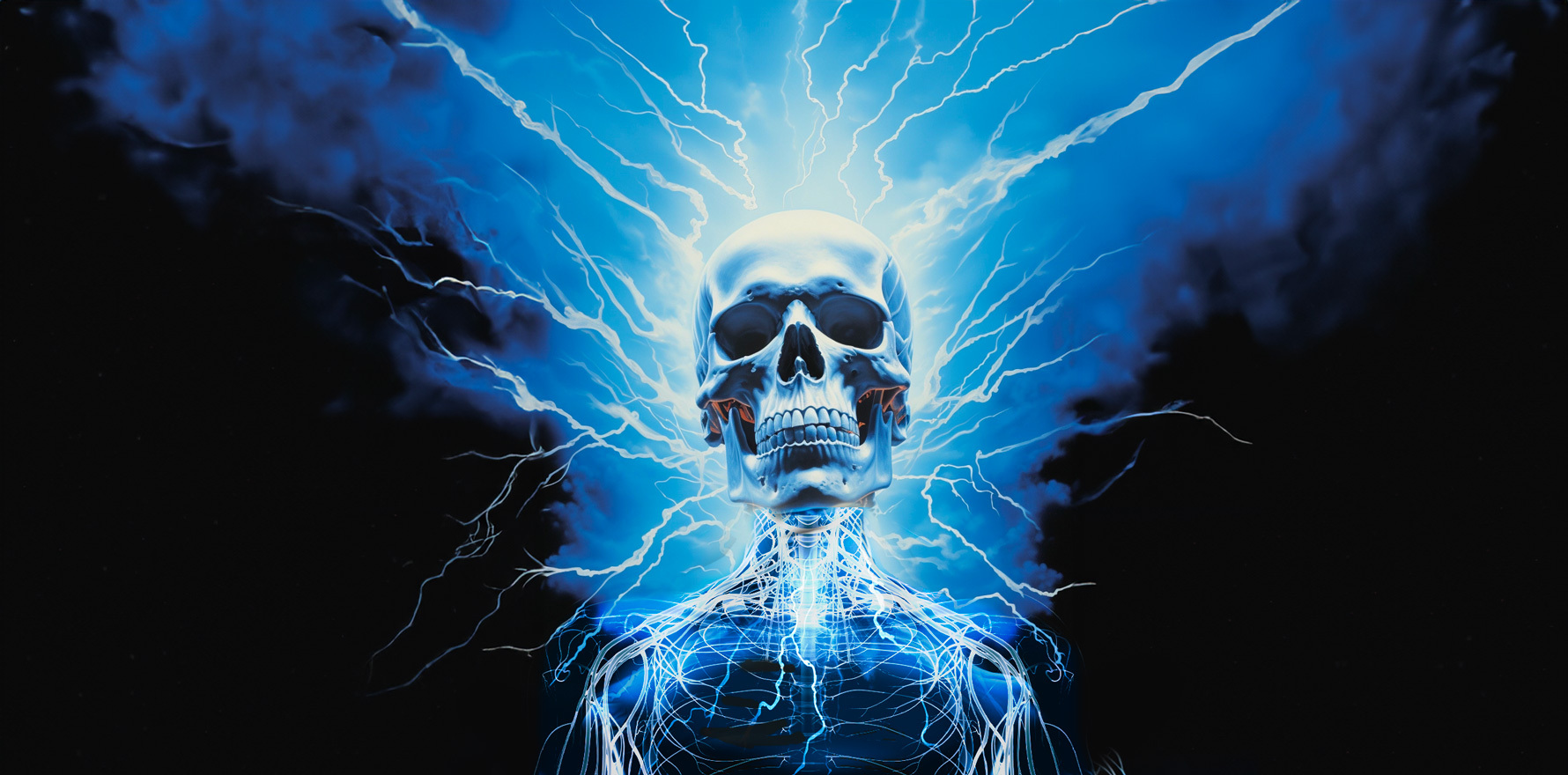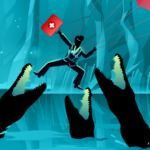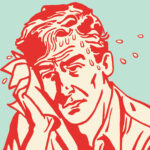How much do you know about the effects of lightning on the human body?
A few weeks ago, Darwin experienced its first storm since The Dry – to the hearty celebration of locals – heralding some relief from the brutal build up and an indicator of the imminent wet season.
As we speak, storms are sweeping across eastern Australia, and with this comes the risk of lightning strikes. How much do you know about lightning medicine? As a Far North Queenslander turned Territorian, I can’t help but be obsessed, so allow me to share my passion.
Lightning is an electrical discharge of extremely high voltage (between 100 million to 1 billion volts) caused by differences in charge within a cloud, between clouds, or between a cloud and the ground, which is great enough to overcome the insulating properties of the air. Lightning can heat the air around it to 30,000°C (up to five times hotter than the surface of the sun, for context), which causes an extremely fast explosion of the air that creates a booming sound wave we hear as thunder.
Interestingly, Darwin was once thought to be the lightning capital of the world, though technological advances that allow us to detect lightning in places where people scarcely reside have sadly bumped it all the way down to 381.
Darwin is, however, the most lightning prone capital city in Australia, and the Territory can still boast the national lightning crown, with the Nganmarriyanga community in the Top End claiming the top spot. Hector the Convector, the storm that appears every day in the wet season at 3pm above the Territory’s Tiwi Islands, is the most consistent thunderstorm in the world.
According to the ABS, lightning killed 21 people across Australia in the 10 years to 2021. Between 2012-2022, 210 people were taken to hospital with lightning injuries, though the true morbidity and mortality figures may be higher.
Lightning injury can be classified as a direct strike (5% of cases), contact injury (where the victim is in contact with a structure that received a direct strike, 15% of cases), side splash (where the current jumps to the victim not touching the structure that received the direct strike, 30% of cases) or a ground strike (where the current travels through the ground to the victim, 50% of cases). Lightning follows the path of least resistance – in humans, the tissues with the least-to-most resistance are: nerve, blood, muscle, skin, fat, bone.
Lightning has a broad range of affects occurring through several mechanisms. Other than electric current injury, people can be injured from lightning’s heat or from its blast wave. About 75% of strike victims suffer permanent disabilities.
One of its more famous (and fascinating) associations is the “Lichtenberg figure”, a transient feather pattern on the skin that looks like a burn but isn’t (its pathogenesis is controversial, but may involve leakage from cutaneous blood vessels due to the transmission of electrical current through the skin). It usually resolves within 24 hours. However, lightning can also cause (mostly superficial) burns.
Cardiac responses range from mild ECG changes (e.g., prolonged QT), to dysrhythmias, myocardial infarction, and cardiorespiratory arrest. ECGs are therefore essential for all lightning strike patients, though changes may be delayed and can persist for months.
Neurologic injuries affect 85% of strike victims and range from headaches, paraesthesia, and keraunoparalysis (a transient lower limb weakness) to seizures to loss of consciousness. Anyone with neurological symptoms or loss of consciousness should have a CT brain.
Neuropsychological consequences include PTSD, depression, cognitive deficits, and memory issues. For some, this can be lifelong and devastating. Early neuropsychological follow up is thus essential. Lightning Strike and Electric Shock Survivors International is a global support organisation for survivors and their families.
Lightning can cause eye injuries that range from cataracts (the most common) to optic nerve injury, which can occur years after the fact. Anyone with high-risk features (suspected direct strike, loss of consciousness, focal neurological complaints, chest pain or dyspnoea, major trauma, pregnancy, cranial burns, legs burns, and burns covering more than 10% total body surface area) or vision changes needs ophthalmology review.
Victims can experience a rupture of their tympanic membranes and temporary or permanent hearing loss, so it’s important to check the tympanic membranes and arrange an ENT review for anyone with hearing issues.
Clearly, a thorough examination of strike victims is essential and the variety, severity and chronicity of problems that can arise from lightning strikes should not be underestimated.
Do you know what to do if you were caught in a lightning storm?
- Seek shelter if you hear thunder within 30 seconds of seeing lightning. This indicates that lightning is within 10km of you. Also, wait 30 minutes after the last flash before leaving your shelter. This is known as the ’30-30 rule’.
- If your hair stands on end or you hear buzzing or crackling noise, move immediately! (You are in a field of charge!)
- Seek the lowest ground around.
- Do not take shelter under any trees.
- If far from shelter, crouch, preferably in a hollow (do not lay flat on the ground as this may increase the electric shock you receive from a ground current if lightning strikes nearby).
- It is a myth that metal jewellery or other metal objects attract lightning, but if struck the metal may cause a burn, so it’s best to remove it.
- Seek shelter in a solid building first, or hard-top (metal-bodied) vehicle second.
- Avoid small open structures (e.g., bus shelters) or fabric tents.
- Avoid metal poles, fences, etc.
- Obviously, do not walk, drive, or swim through water.
- If you’re driving and encounter a lightning storm, it’s best to pull over, put on your hazard lights, and wait for it to pass. Cars protect occupants from lightning strikes (and are one of the safest places to be, serving as a ‘Faraday cage’), but electricity can still travel through the car’s metal components, so don’t touch anything metal.
- Once safe, get some cool photos for your Instagram.
Dr Brooke Ah Shay is a GP in the Northern Territory; formerly working in Arnhem Land, she is now completing her Masters of Public Health and Tropical Medicine in Darwin.





